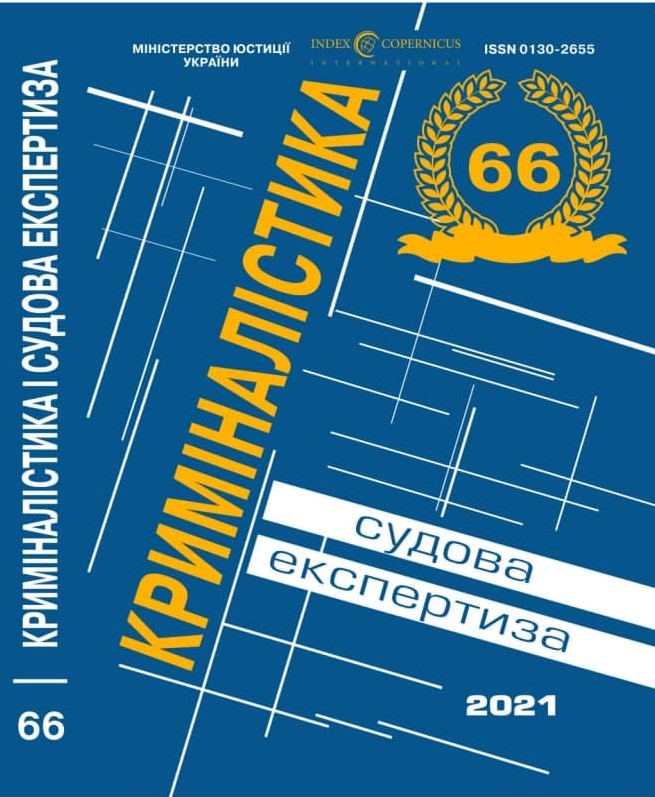
DOI: https://doi.org/10.33994/kndise.2021.66.63
K. Pedko
The article presents the results of a theoretical analysis of the current state of examination of personality identification based on appearance. The question of changing the object of research in the specified examination was raised. It has been established that with the development of digital technologies, multi-angle facial images began to prevail as an object of research, and studies of video recordings are widespread.
The different position of the head in the studied images led to the impossibility of using a significant number of comparative research methods: alignment along the medial line, alignment along a broken line, image editing, applications, “masks”, overlaying translucent images, comparison of relative values, overlay of coordinate grids, construction of geometric shapes. The transformation of research objects necessitates a change in the methods of comparative research.
It is indicated that with the proliferation of video images, the identification capabilities of the examination have increased: an expert can examine images of an identifiable person on the entire video sequence. A common disadvantage of video recordings is image quality. For research, video recordings from external video surveillance cameras are often received, but the purpose of installing such cameras is to fix the environment, and not the faces of people. This explains the poor image quality.
A frequent problem in carrying out examinations for the identification of a person by signs of appearance is the “recognition effect”. At the first glance at the image, one may get the impression that it is suitable for identification in the framework of portrait examination. However, this impression is most often mistaken. Often people have a sense of the obviousness of the image of a particular person in the frame if they have experience of interaction with this person. In addition, upon a detailed study of the image, an expert may conclude that it is unusable. The captured signs of appearance do not always constitute the necessary complex for the possibility of conducting research.
The current state of examination in identifying a person based on appearance suggests the need to develop comparison methods that could take into account the difference in the angles of the people under study. These methods include a graphical identification algorithm, a method of dimensional ratios of individual elements of appearance, and mathematical research methods. Further development in these areas is promising for expanding the possibilities of carrying out facial identification.
Key words: personality identification based on appearance, facial identification, general and particular features.










